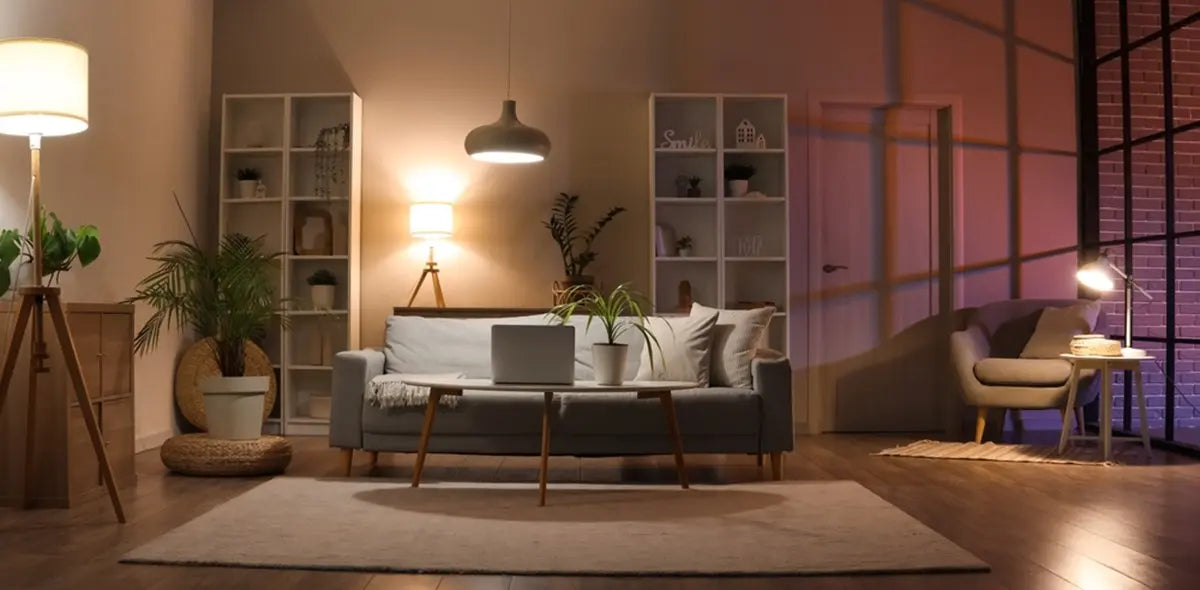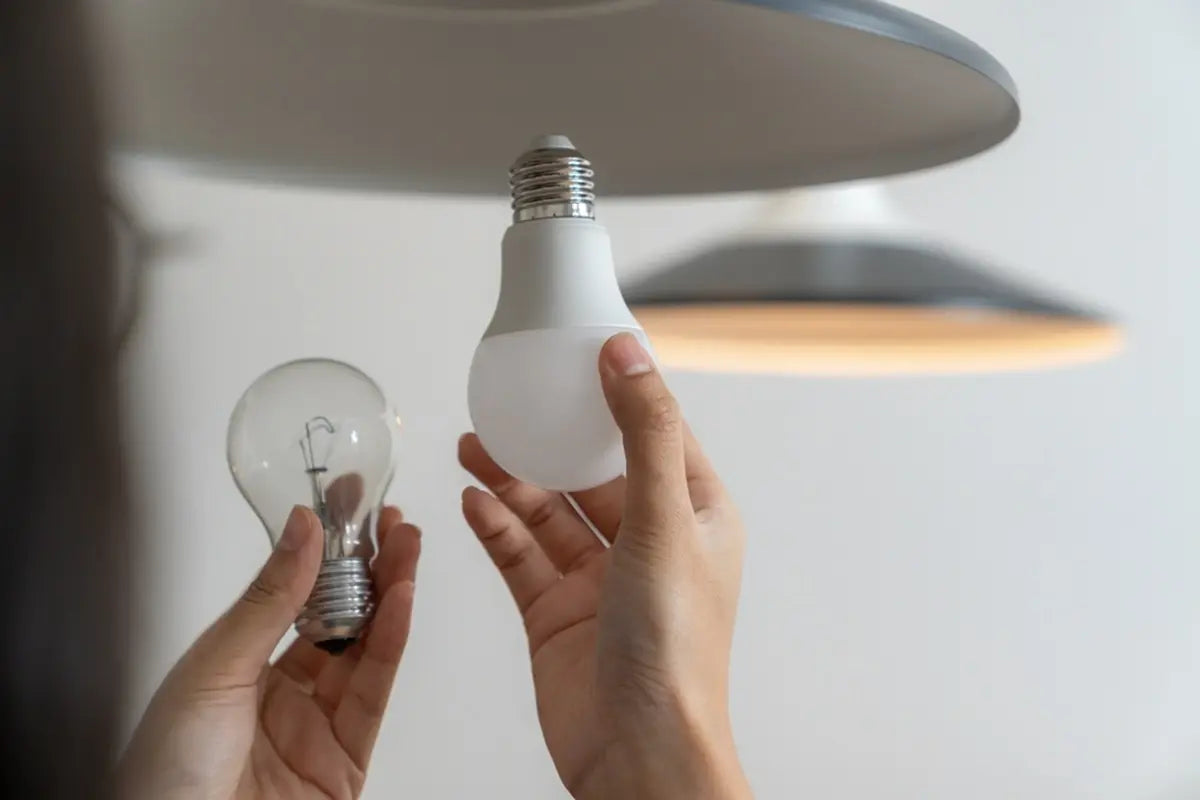Hey there! I've been helping clients design their living rooms for years, and one question keeps popping up: "Should all lamps in the living room match?"
Let me tell you - it's not as straightforward as you might think.
Why People Stress About Matching Living Room Lamps

I get it. Choosing lighting can feel overwhelming.
You want your space to look pulled together, not chaotic.
But here's the thing: there's no one-size-fits-all answer.
The Case for Matching Living Room Lamps
Let's start with why matching might be your best bet:
Pros of Matching Lamps
- Creates instant symmetry
- Offers a polished, high-end look
- Makes the room feel more organized
- Works perfectly in formal spaces
- Simplifies your decorating decisions
Best Scenarios for Matching Lamps
- Formal living rooms
- Traditional design styles
- Symmetrical furniture arrangements
- When flanking a sofa or fireplace
- Modern minimalist spaces
When Mixed Living Room Lamps Work Better

Now, let me share why I often recommend mixing things up:
Benefits of Mixed Lighting
- Adds personality and character
- Creates visual interest
- Allows for better task lighting
- Makes the space feel more collected over time
- Offers flexibility in your design
Perfect Situations for Mixed Lamps
- Eclectic design styles
- Casual living spaces
- Open floor plans
- Rooms with multiple seating areas
- When you want to express creativity
Finding the Perfect Balance: A Style Guide

Here's my foolproof formula for mixing lamps successfully:
The 60-30-10 Rule for Lamp Coordination
| Element | Percentage | Example |
| Dominant Style | 60% | Main table lamps |
| Secondary Style | 30% | Floor lamp |
| Accent Style | 10% | Unique accent lamp |
Expert Tips for Mixing Living Room Lamps
- Keep the scale consistent
- Coordinate finishes
- Match lampshade colors
- Consider light temperature
- Balance lamp heights
Quick Style Reference Chart
| Design Style | Matching Level | Example Combination |
| Modern | High | Identical pairs in chrome |
| Traditional | High | Matching ceramic sets |
| Transitional | Medium | Similar but not identical |
| Eclectic | Low | Similar but not identical |
| Bohemian | Very Low | Completely unique pieces |
Common Mistakes to Avoid
Don't fall into these lighting traps:
- Forcing matches in casual spaces
- Mixing too many styles
- Ignoring scale and proportion
- Forgetting about function
- Overlooking light quality
Making Your Final Decision
Ask yourself these questions:
- What's my living room's primary function?
- What's my authentic design style?
- How formal is my space?
- What's my comfort level with mixing patterns?
The Bottom Line
Should all lamps in the living room match? It depends on your style goals.
Matching works beautifully in formal or traditional spaces.
But don't be afraid to mix things up if that feels more like you.
The key is consistency in quality and scale, whether you match or mix.
Quick Decision Guide
✅ Match your lamps if you:
- Love symmetry and order
- Have a formal living room
- Prefer traditional design
- Want a foolproof solution
✅ Mix your lamps if you:
- Love creative expression
- Have a casual living space
- Enjoy eclectic design
- Want a collected look
Remember: there's no wrong answer. The best choice is what makes you feel at home in your space.
Need more lighting inspiration? Check out my related guides on:
- Choosing the right lamp height
- Mixing metal finishes
- Selecting the perfect lampshade
- Layering living room lighting
Related Resources
Do Table Lamp & Floor Lamp Have to Match? Expert Insight










Leave a comment
All comments are moderated before being published.
This site is protected by hCaptcha and the hCaptcha Privacy Policy and Terms of Service apply.